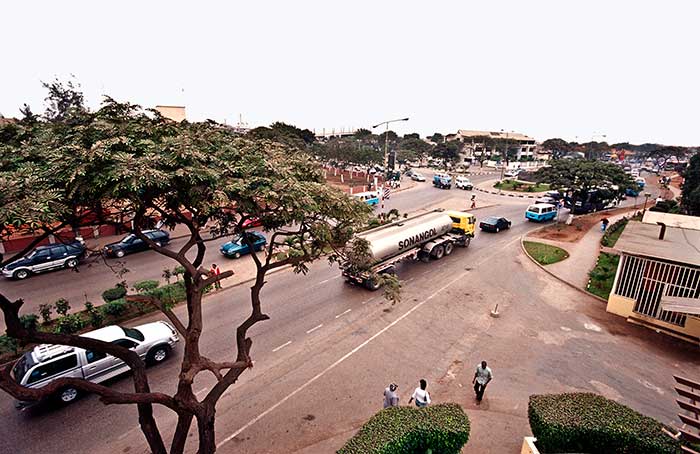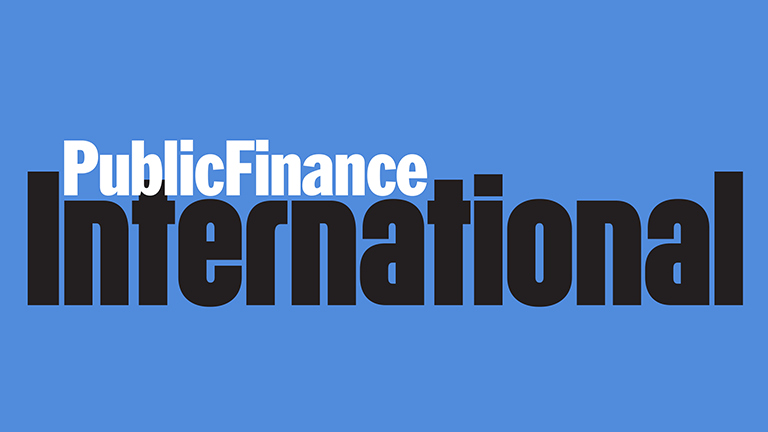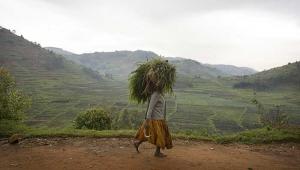web_angola_istock_29726080_large.jpg

A truck from Angola's main oil company Sonangol. The crash in commodity prices has hammered sub-Saharan Africa's largest economies, all reliant on commodities, causing the World Bank to trim its 2017 outlook for the region.
It predicts the region will grow by 2.6% this year – down from the 2.9% it predicted in January – bringing its forecasts in line with that of the International Monetary Fund.
“The pace of recovery is weak... as the region’s three largest economies – Angola, Nigeria and South Africa – are projected to post only a modest rebound in growth following a sharp slowdown in 2016,” the bank said in its Africa Pulse publication, released yesterday.
It noted that economies like Nigeria, which is in its first recession for two decades following the crash in oil prices, continue to struggle with shortages of foreign currency.
Meanwhile, South Africa has been hit with a credit rating downgrade to junk status amid a crisis of confidence in president Jacob Zuma. The country saw just 0.3% growth last year – the slowest since 2009.
Both the resource-reliant economies, and all other African commodity exporters, have been hard hit by the slump in prices that began in 2014. While commodity markets have stabilised, prices remain subdued.
Elsewhere, conflict and extreme drought have not only decimated economies but destroyed livelihoods and exacerbated extreme poverty.
As a result, last year sub-Saharan Africa posted its lowest growth in two decades. Despite trimming its expectations for this year, the World Bank said the region could be about to enjoy a rebound. It anticipates 3.2% growth in 2018 and 3.5% the year after.
It warned however that rising interest rates in advanced economies and the subsequently tighter access to finance, weaker improvements in commodity prices and a potential shift towards protectionism threaten the outlook.
“We need to protect the right conditions for investment so that sub-Saharan African countries can achieve a more robust recovery,” said Albert Zeufack, World Bank chief economist for the Africa region.
“We need to implement reforms that increase the productivity of African workers and create a stable macroeconomic environment. Better and more productive jobs are instrumental to tackling poverty on the continent.”
The report emphasised the potential benefits of closing Africa’s infrastructure gap, estimated to top almost $100bn per year.
Catching up in terms of both quantity and quality could add as much as 2.6 percentage points to the continent’s GDP per capita per year, it estimated.
More countries in the region should work towards securing public-private partnerships in infrastructure, it continued, with 48% of these signed in the past 25 years concentrated in four nations – South Africa, Nigeria, Kenya and Uganda.













